#indian tea
Text
The Enchanting Tale of Indian Tea
The Enchanting Tale of Indian Tea
As we approach International Tea Day on March 21st, it's a perfect time to delve into the captivating history and rich culture of tea in India.

In a memorable scene from Bridgerton Season 2, Kate Sharma (played by Simone Ashley) crinkles her nose in distaste for English tea. Instead, she opts for a cup of masala tea, crushing cardamom to prepare it. This moment sparked a newfound appreciation for Indian tea across the internet. But what exactly is Indian tea, and can its diverse range of varieties be neatly categorized?
Unveiling the Tea Legacy
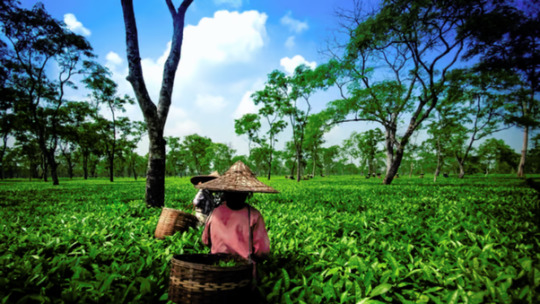
Tea garden workers in India
Tea has a deep-rooted history in China, where it was enjoyed for centuries before making its way to India. The British, known for their love of tea, sought to establish a trade route that would bypass China's tea monopoly. Recognizing tea's potential as a valuable commodity, they began exploring opportunities to cultivate it in other parts of the world.
In the early 19th century, the British East India Company turned its attention to India as a promising location for tea production. They began experimenting with different tea plant varieties and established tea gardens in various regions. One key figure in this endeavor was Robert Bruce, credited with discovering wild tea plants in Assam, northeastern India, in the early 1820s. This discovery laid the foundation for commercial tea cultivation in India.
A tea garden in Sikkim
Assam, with its favorable climate and soil conditions, proved to be an ideal region for tea production. The British started cultivating tea on a larger scale in Assam, and by the 1850s, Assam tea had gained recognition for its unique flavor and robust characteristics. This variety became a cornerstone of Indian tea production and is still highly regarded today.
Encouraged by the success of Assam, the British expanded tea cultivation to other parts of India. The regions of Darjeeling, Nilgiri, and Kangra soon emerged as prominent tea-growing areas, each producing teas with distinctive flavors and qualities.
Darjeeling, nestled in the foothills of the Himalayas, gained renown for its delicate and aromatic teas, while Nilgiri in southern India produced teas with a smooth and mellow character. Kangra, situated in the scenic state of Himachal Pradesh, also contributed to India's tea diversity with its flavorful and fragrant offerings.
Tea gardens make for quaint holiday spots
Here is a listing of some of the best regional varieties.

Assam Tea: Grown in the lush valleys of northeastern Assam, Assam tea is renowned for its strong, full-bodied flavor, malty notes, and bright reddish-brown liquor. Assam tea is often used as a base for breakfast blends and is favored by those who enjoy a robust and bold cup of tea.
Darjeeling Tea: Hailing from the picturesque Darjeeling region in the foothills of the Himalayas, Darjeeling tea is highly regarded for its exquisite flavor and aroma. Unlike most Indian teas, Darjeeling tea is crafted from the small-leaved Chinese variety of Camellia sinensis, giving it a unique flavor and profile.

Darjeeling tea was also the first Indian product to be awarded a Geographical Indication (GI) tag, recognizing its origin and protecting its identity.
Darjeeling tea commands a global repute
Often referred to as the "Champagne of Teas," Darjeeling tea is characterized by its light golden color, floral fragrance, and delicate muscatel taste. It is often enjoyed without milk and is cherished for its nuanced and refined profile.

Nilgiri Tea: Grown in the misty slopes of the Nilgiri Hills in southern India, Nilgiri tea offers a unique and smooth cup. It is known for its bright, brisk liquor, balanced flavor, and gentle floral notes. Nilgiri tea is versatile and can be enjoyed plain or with a touch of milk. It is often used in blends and is prized for its refreshing character.
Kangra Tea: Hailing from the scenic Kangra Valley in the state of Himachal Pradesh, Kangra tea is a lesser-known but highly regarded variety. It is appreciated for its delicate, floral aroma, gentle astringency, and subtle fruity undertones. Kangra tea leaves are carefully processed to preserve their delicate flavors, resulting in a tea that offers a refined and soothing drinking experience.
Preparation A Vast Variety
Despite the metamorphosis of chai and chai-tea, there is more to tea in India than masala chai. The diverse tea varieties produced in India cater to different tastes and preferences, offering a wide range of flavors, aromas, and strengths. Depending on preparation methods, here are a few more variations.
Kashmiri kahwa is a traditional aromatic green tea
Kashmiri Kahwa: Originating from the picturesque Kashmir Valley, Kashmiri Kahwa is a traditional aromatic green tea infused with saffron strands, cardamom pods, cinnamon, and sometimes almonds.
It has a delicate flavor profile, with a pleasant blend of spices and a slight sweetness. Kahwa is often served with crushed nuts and is cherished for its soothing and warming properties.
Munnar Tea: Munnar, located in the Western Ghats of Kerala, is famous for its tea plantations. Munnar tea is known for its bright, golden liquor, aromatic flavor, and crisp character. The tea gardens in Munnar produce a range of black, green, and white teas, each offering a distinct taste and aroma influenced by the region's unique climate and elevation.
Sikkim Temi Tea: Grown in the hills of Sikkim, Temi Tea is a specialty tea known for its exceptional quality. It is produced in limited quantities, making it highly sought after. Temi Tea features a smooth, mellow taste with a hint of fruitiness, floral notes, and bright amber liquor.
Bihar Tea: Bihar, a state in eastern India, is known for its tea cultivation, primarily in the regions of Kishanganj and Purnea. Bihar tea is admired for its well-rounded flavor, medium body, and pleasant aroma. The tea gardens in Bihar produce both black and green teas, providing a diverse range of options.
Kangra Green Tea: Apart from Kangra tea, which I mentioned earlier, the Kangra region of Himachal Pradesh is also renowned for its green tea production. Kangra green tea is known for its delicate and refreshing flavors, with a milder profile compared to its black tea counterpart. It offers vegetal notes, a light sweetness, and a pale liquor.

Manipur White Tea: Manipur, a northeastern state of India, is gaining recognition for its production of white teas. Manipur white tea is made from young tea buds and leaves, carefully handpicked and minimally processed. It offers a delicate, nuanced flavor with floral undertones and a slightly sweet aftertaste.
3 notes
·
View notes
Text
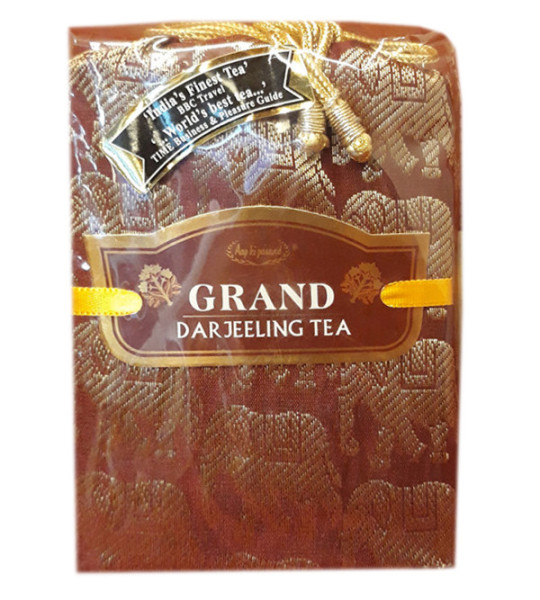
Darjeeling Grand Tea 250gm
url:https://shoponline.cottageemporium.in/darj.grand-tea-i-brocade-250-gm
If you are tea lover then you have to must check out this Darjeeling Grand Tea that give an authentic real taste of India to your taste buds and also refresh your mood as well.Darjeeling is frequently called the "Champagne of teas," with musky-sweet tasting notes similar to muscat wine. But it can also have delicate vegetal, mossy, fruity, and citrus flavours.Know more here:
2 notes
·
View notes
Text
Savoring the Elegance of Indian Style Tea (Chai)
What is your favorite drink?
Introduction: Indian style tea, known for its aromatic blend of spices and robust flavors, has become a beloved beverage for many across the globe. This traditional concoction, often referred to as “chai,” goes beyond being just a drink; it embodies a cultural experience that brings people together over a shared love for warmth and rich flavors.
The Art of…
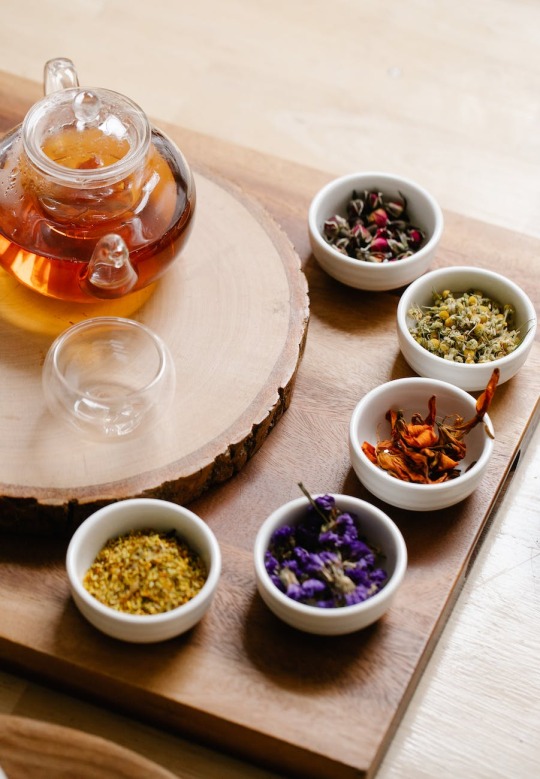
View On WordPress
0 notes
Text
Following the Leaves: Tracing Tea's History in the Subcontinent
Kahwa tea has been enjoyed since the time of the Greek invasions.
Tea likely first came to India during the Greek and Roman empires, as there was
trade between India, Greece, and Rome.
However, tea drinking did not become widespread in India at this time.…

View On WordPress
0 notes
Text
Cup full
A fullest tea cup. Darjeeling. A good cuppa.
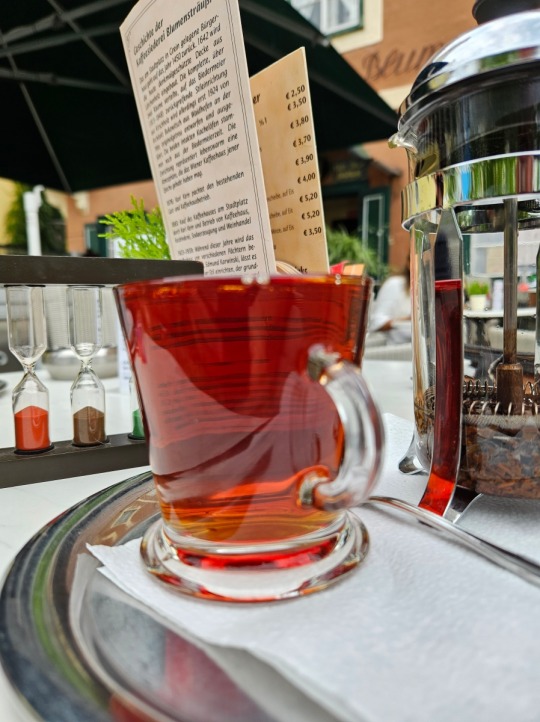
View On WordPress
0 notes
Photo
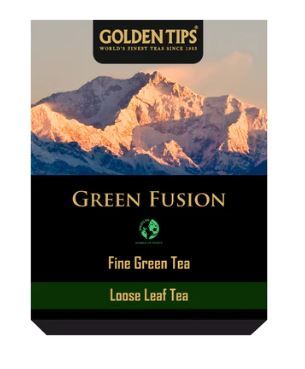
Shop 100% Authentic Organic Darjeeling teas 2023 sourced directly from the esteemed tea estates of India. For nearly a century, since 1933, we have been handpicking the finest Darjeeling teas from the lush tea gardens of the renowned Darjeeling region.
website https://www.goldentipstea.in/collections/darjeeling
0 notes
Text
"What did you say?! CASA HOUSE?! CASA MEANS HOUSE BRO! YOU'RE SAYING HOUSE HOUSE! Would I ask to use the stove stove in your kitchen kitchen?!"


#across the spiderverse#barbie#barbie movie#barbie 2023#atsv#atsv pav#atsv pavitr#pavitr prabhakar#spider man#spiderman india#indian spiderman#ken#barbie ken#barbie movie ken#evil ken#mojo dojo casa house#ryan gosling#atsv chai tea#chai tea#chai
3K notes
·
View notes
Text
A Guide to the Different types of Indian Tea

India is a country with a deep-rooted tea culture, being the second largest producer of tea in the world. Tea is an integral part of Indian society, serving as a source of comfort, tradition and community. The diversity of India is reflected in its variety of teas, with different regions producing unique flavors and styles. In this article, we will explore some of the different types of tea found in India, including Assam, Ginger, Darjeeling and Nilgiri.
Assam tea is known for its strong, full-bodied flavor and amber color, grown in the Assam region of northeastern India.
Ginger tea, or "adrak chai," is a popular beverage in India, believed to have numerous health benefits and commonly consumed during the colder months.
Darjeeling tea is grown in the Darjeeling region of West Bengal, known for its light, delicate flavor and muscatel aroma.
Nilgiri tea is grown in the Tamil Nadu state, known for its fruity fragrance and floral flavor. Each of these teas offers a unique experience and is a true delicacy for tea lovers around the world. To know more, visit the Types of Indian Tea blog on OmyIndian.
0 notes
Photo

Happy Tusu Puja, Assam!
#Assam#অসম#Dispur#দিছপুৰ#দিসপুর#India#tea#indian#indian tea#tea time#drink#mug#cup of tea#breakfast#gift idea#customizable tea mugs#mugs
0 notes
Text
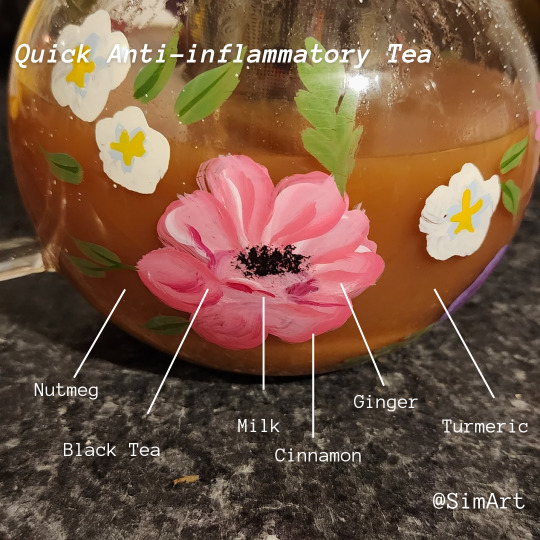
This tea isn't REALLY made for anti-inflammatory purposes. Just a little recipe my Indian friend showed me.
But it still has anti-inflammatory ingredients so....you could say it's good for that.
I honestly don't even know if I made it correctly because it's been so long. There might be a few ingredients I missed, but it's still good just the same.
Pictures belong to me. Copyright Infringement. Do not repost. Ask permission. Blah, blah, blah.
0 notes
Text
Chais Of India: 8 Different Types Of Chai From Across The Country
Chais Of India: 8 Different Types Of Chai From Across The Country
We can all agree that chai isn’t just a beverage in India, it is an emotion. There’s one thing a couple of cup of freshly brewed kadak chai that immediately lifts our temper even on the dreariest of days. Whether it is early within the morning, at midday or within the night after a tiring day at work – a robust cup of chai at all times makes every part higher! Don’t you agree? While we’re all…

View On WordPress
0 notes
Link
#Amazon https://www.amazon.in/s?i=merchant-items&me=A1Y409G6UV10VK
#Tea#Green Tea#Grass Tea#indian Tea#tulsi tea#assam tea#indian television#masala tea#organic tea#organic food#organic food products#Grourmet Food#organicsoul#Organic Soul
1 note
·
View note
Text
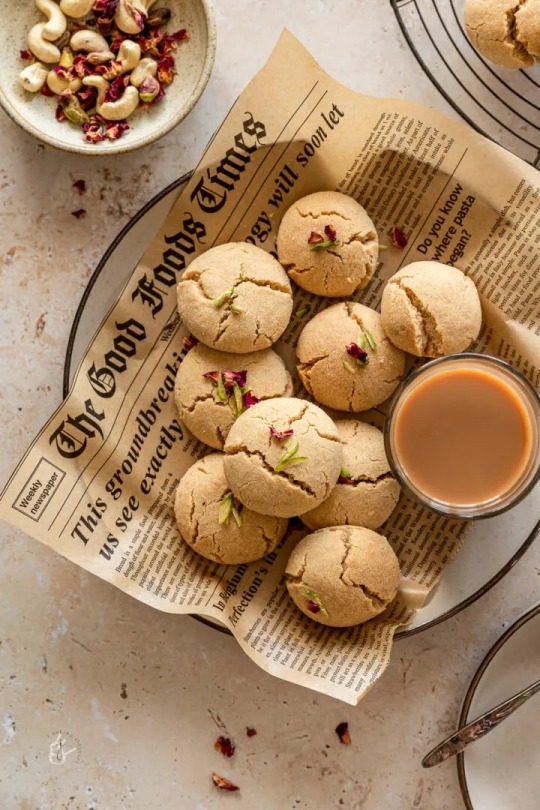
Cashew and Amaranth Cookies (Eggless)
#cashew#amaranth#cookies#nuts#food#dessert#asian#indian#recipe#tea time#amaranth flour#ghee#cardamom#jcookingodyssey
295 notes
·
View notes
Text




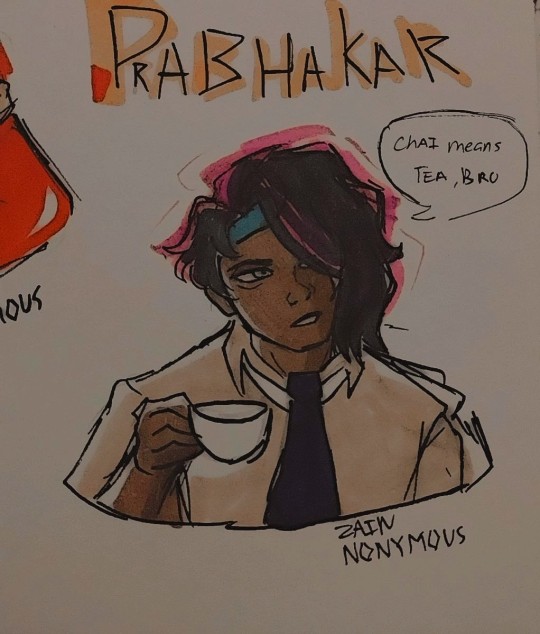

Decided to draw Pavitr Prabhakar traditionally because Im more of a traditional artist rather than a digital one but I am practicing digital tho! But rn let's appreciate some traditional work, especially if its our boy Pavitr✨
#pavitr prabhakar#fanart#pavitr fanart#pavitr prabhakar fanart#pavitr prabhakar art#indian spiderman#across the spider verse fanart#across the spiderverse#pavitr x reader#pavitr x y/n#pavitr fluff#across the spider verse spoilers#instagram artist#spiderverse fanart#spiderverse spoilers#spiderverse meme#spiderman meme#memes#chai means tea#CHAI MEANS TEA BRO#YOU'RE SAYING TEA TEA
234 notes
·
View notes
Text
#ThreeForThursday:

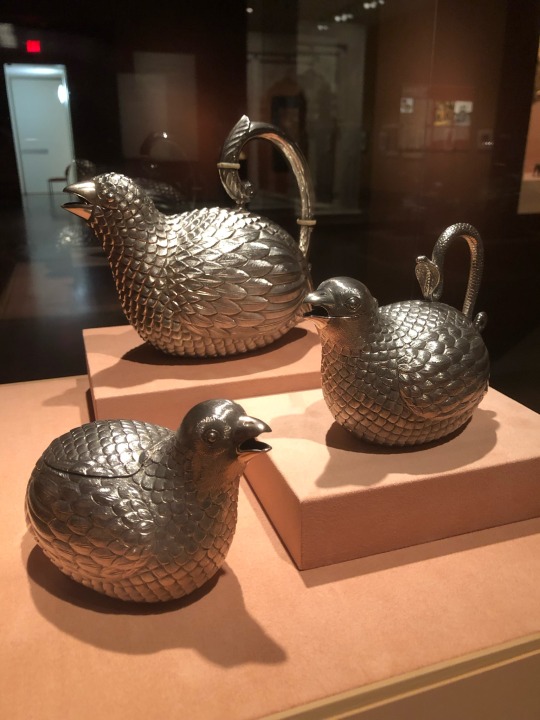
Tea Service in the Shape of Quails
Gujarat (formerly Baroda), India, 1920-30
Silver, gilded silver, ivory
Virginia Museum of Fine Arts display
“The British were not India's only patrons of elegant silver.
Native princes - always engaged in dynamic cultural interchanges with their British overlords - also commissioned silver of the highest quality. Such patronage was nowhere more prominent than in western India, where the rulers of the state of Kutch were champions of their silversmiths. These leaders ensured their region's silver became the best known of India's styles through sponsorship at international exhibitions, beginning with London's Great Exhibition of 1851. This stylishly whimsical tea service in the shape of richly feathered quails was produced by Oomersee Mawjee Jr., son of Kutch's most renowned master silversmith, after he shifted to the employ of another western Indian ruler, Maharaja Sayajirao Gaekwad III of Baroda.”
#animals in art#20th century art#museum visit#birds in art#bird#birds#quail#Indian art#South Asian art#Asian art#colonial art#silver#tea service#metalwork#1920s#Virginia Museum of Fine Arts#Three for Thursday#trio
39 notes
·
View notes